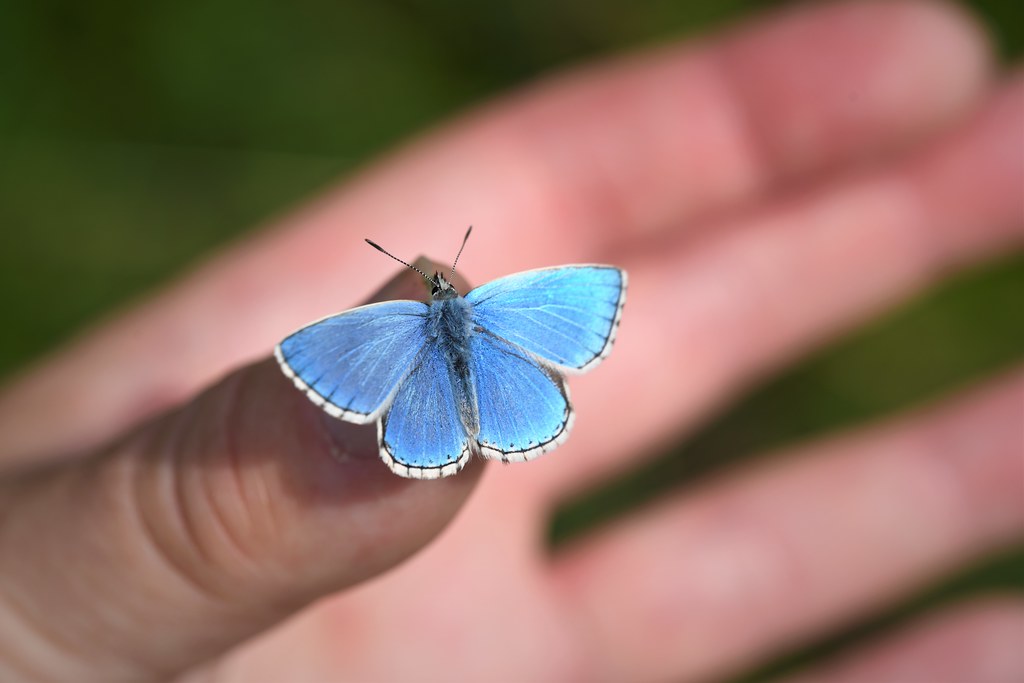#UK Lepidoptera
Video
Adonis Blue (Polyommatus bellargus) taking a sweaty drink... by Will Atkins
Via Flickr:
As I was trying to get a photo of it on some marjoram this male decided to make life a little harder for me by landing on my thumb instead!
#Adonis Blue#Adonis Blue Butterfly#Polyommatus#Polyommatus bellargus#Blue Butterfly#Blue Butterflies#Lycaenidae#Wildlife#Wildlife of Europe#European Wildlife#Animal#Nature#insect#Insects#Insects of Europe#Insects of Britain#Lepidoptera#Lepidoptera of Europe#UK Lepidoptera#Dorset Lepidoptera#British Lepidoptera#butterflies and moths#Butterflies#Butterfly#butterflies of Europe#UK butterflies#Dorset butterflies#butterflies of Dorset#Purbeck wildlife#close up
10 notes
·
View notes
Text

European Common Blue (Polyommatus icarus), female, family Lycaenidae, Morningside Meadows, Wiltshire, UK
photograph by John McHugh
176 notes
·
View notes
Text

I believe this is the peppered moth - Biston betularia - which many will remember from biology classes, where it was held up as an example of evolution in action from the all-black phase which became prevalent in sooty, industrial parts of britain.
It normally lies with its wings flat against a black and white, textured surface where it can be very hard to spot. The unusual pose here might indicate that this is a newly hatched moth that is still inflating and hardening its wings.
155 notes
·
View notes
Text

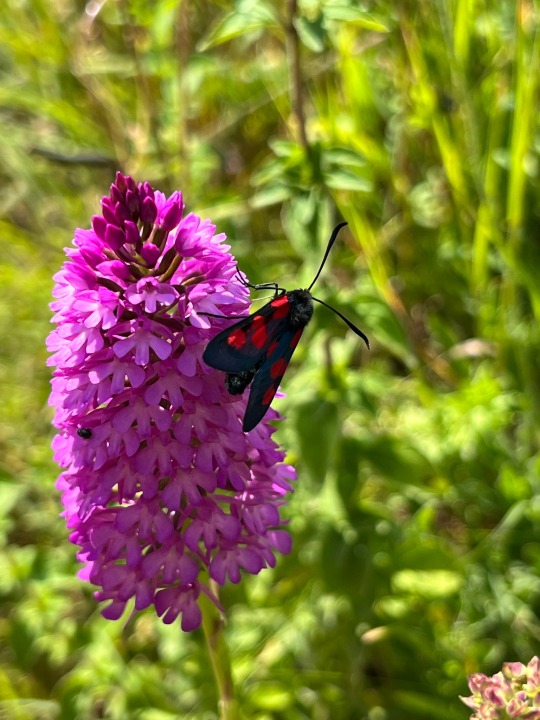
Six spot burnet moth on a wild orchid, South Downs, UK
(C) do not use, edit, reupload
#moth#Lepidoptera#uk moth species#uk insects#orchid#chalk upland#british wildlife#ghosti’s photography#non monster post
95 notes
·
View notes
Text

A wall brown butterfly (Lasiommata megera) basking on a wall in Alderney, UK
by Barbara Evans
#wall brown#butterflies and moths#Lasiommata megera#lasiommata#nymphalidae#lepidoptera#insecta#arthropoda#wildlife: uk
53 notes
·
View notes
Photo

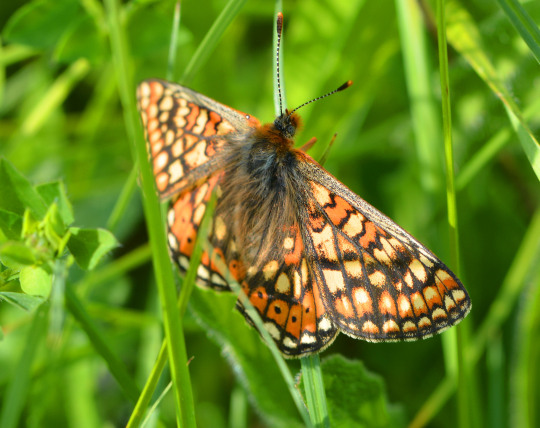


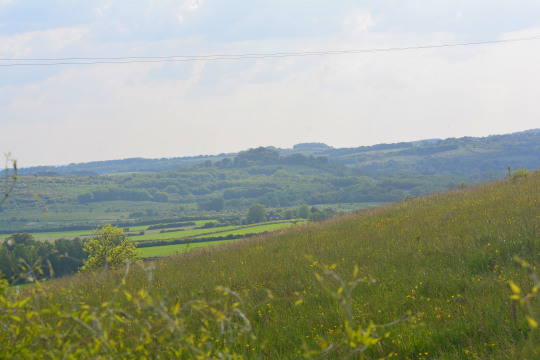




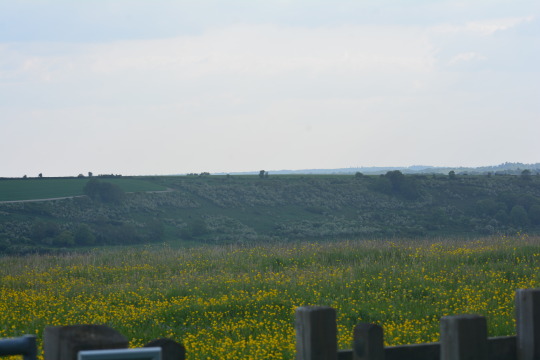
20th May 2023: Magdalen Hill
Photos taken in this set here are of: 1. A Common Carpet moth, a pleasant and well coloured new moth for me to see flitting around. 2. A marvellous Marsh Fritillary which I was overjoyed to see flitting through the grass like a shining jewel. These are such mesmerising, splendidly coloured and super attractive dainty fritillaries that I always feel so honoured to see. It was amazing to see a handful of them to add the species to my butterfly year list, and it’s the first time I’ve ever seen them here being only the third place I’ve seen them after Martin Down and Bentley Wood so it was a great feeling to see them here. 3. Small Blue butterfly, a very pleasing and charming one to see as always the ones we saw also my first of the year today. 4, 5, 7, 9 and 10. Views at this lovely spot. 6. Bird’s-foot trefoil which glowed well in the sun. 8. Slow worm.
In a mega day of lepidoptera and insects generally we had some fantastic late moments on the walk seeing my first Large White and Painted Lady butterflies of the year too, two species I had hoped to see soon taking me to twenty two species seen this year. Orange Tip, Red Admiral, Peacock, more Holly Blues today, Dingy Skipper, Small Heath and Brimstone were also brilliant to see in my highest amount of butterfly species seen in a day thus far in 2023. My first Mother Shipton of the year, Silver Y and an endothenia species were other good moths to see. Broad-bodied Chaser, lace wings, hoverflies and lizard here today too were good to see. Bird wise I got cracking views of female Blackcap with it’s exquisite brown head and soaring Red Kite a good one for this reserve, with Carrion Crow seen well too. My first horseshoe vetch of the year, common vetch, kidney vetch, smashing common rock-rose, alluring oxeye daisies, forget-me-not, more ragged robin in the Winchester area this week, cow parsley, cowslips still going, periwinkle, crane’s-bill and plantain were plant highlights. It was good to see oilseed rape covered yellow fields on the way here and whilst here.
#marsh fritillary#kidney vetch#lepidoptera#uk#world#oxeye daisies#small blue#orange tip#holly blue#lacewing#red admiral#brimstone#painted lady#blackcap#red kite#butterflies#butterfly#moth#moths#carrion crow#happy#flowers#birdwatching#birding#earth#grass#outdoors#walk#walking#winchester
9 notes
·
View notes
Text
Saw this beautiful friend up by the pond this evening. Took me a while to get an ID, but eventually worked out that she’s a female Four-Spotted Footman, Lithosia Quadra - not that common in the UK, excepting the South West. She had a little sit on me for a good long while after this.
31 notes
·
View notes
Text

A fritillary moth enjoying an apple on the Isle of Mull - Scotland
#Fritillary moth#Argynnis niobe#Lepidoptera#Isle of Mull#Highlands & Islands#Scotland#nature#flora & fauna#UK
9 notes
·
View notes
Text

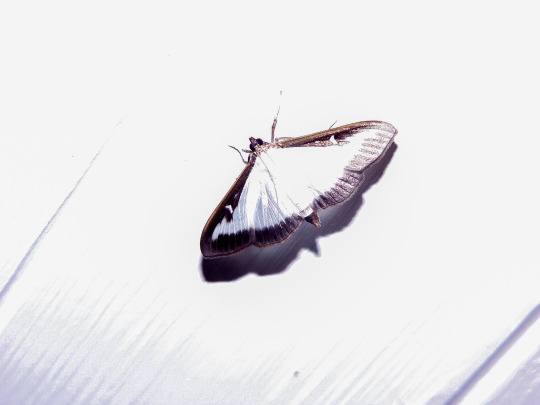
Found this absolutely beautiful Box Tree Moth today, I don't see many of these, glad I had my camera!
0 notes
Text
Conceptual cover for a Bloomsbury Wildlife Field Guide to the Butterfly and Moth Pupae of Great Britain and Ireland (or 'Fgttbampogbai' for short).
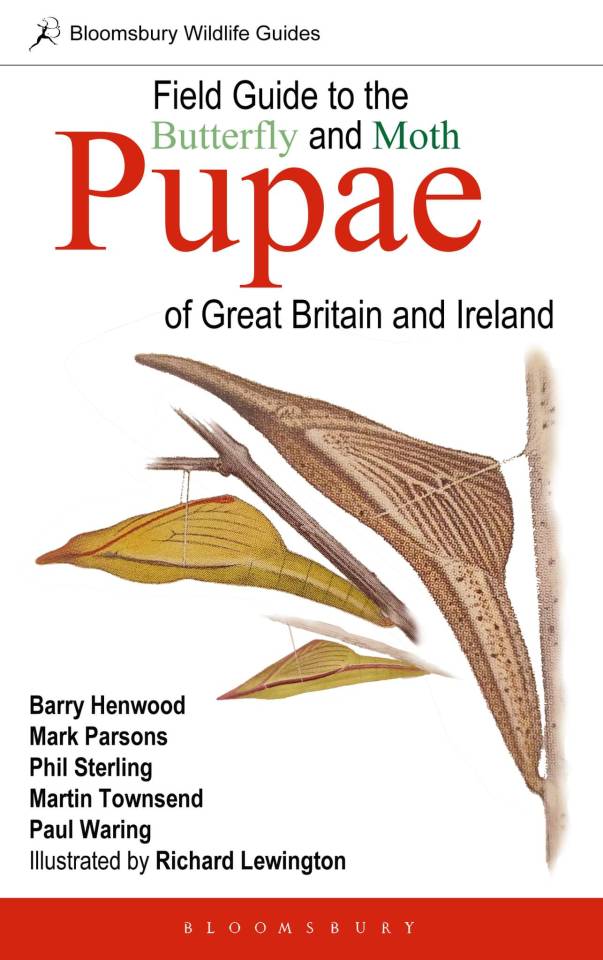
Cover pupae artwork is of the Wood White, Cryptic Wood White, and Orange-Tip Butterflies. From pictures taken of Richard Lewington's Pocket Guide to the Butterflies of Great Britain and Ireland
There's no need for this field guide to exist because of the highly cryptic nature of pupae themselves and the fact so many moth pupae would be the same nondescript brown blob.
However, the collector in me dreams of a complete 5-book British Lepidoptera Field Guide set, up-to-date this would include:
• Field Guide to the Caterpillars of Great Britain and Ireland (2020) by Henwood, Stirling, and Lewington
• Field Guide to the Moths of Great Britain and Ireland (Third Edition) (2017) by Waring, Townsend, and Lewington
• Field Guide to the Micro-moths of Great Britain and Ireland (2012) by Sterling, Parsons, and Lewington
• Pocket Guide to the Butterflies of Great Britain and Ireland (Second Edition) (2015) by Lewington
#bloomsbury#bloomsburywildlifeguides#wildlifeguides#fieldguides#wildlifebooks#butterflybook#mothbook#butterflies#moths#lepidoptera#entomology#britishinsects#pupae#chrysalis#Richard Lewington#UK Insects#micromoths#pupa#cocoon#insects#insectbooks
0 notes
Note
You’ve mentioned a few times about how you used to work as an entomology curator and I’m really curious! I’d love to hear about your favourite insects and/or some fun bug facts if you wanted to share! No pressure ofc but I’m starting to get interested in insects (as a consequence of getting into birds) so I would love to hear about them from someone who knows a lot!
Hello! I am always happy to talk bugs, and if you ever want something IDed feel free to contact me.
And yeah I worked for ten years in natural history museums around the UK (until I quit due to health reasons) but my absolute favourite job within that decade was a 2 year contract at the Oxford University Museum of Natural History as a curatorial assistant for Lepidoptera (butterflies and moths). But in this job it was mostly moths.
And I totally didn't mind, because as far as I'm concerned, moths are the superior beast. They have so many interesting shapes and adaptations whereas most butterflies are more or less the same blueprint.
I mean
just
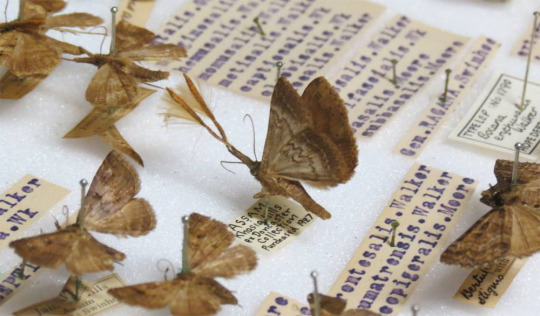
look

at

them

10/10 small friends.
Sometimes I got to work with other insect groups. For example if visiting researchers wanted access to the beetle collections etc. I also got to take cool pics using a Leica photo set up that stacked microscope images. Here are some of my photos of Ceratocanthinae (also known as Transformer Beetles because they can roll entirely into a compact ball for protection).


Also this is a Japanese Fiddle Beetle but in my mind it's always called the "Evil Fairy Horse:"

Here's an amazing collection box from an entomologist called Francis Polkinghorne Pascoe:
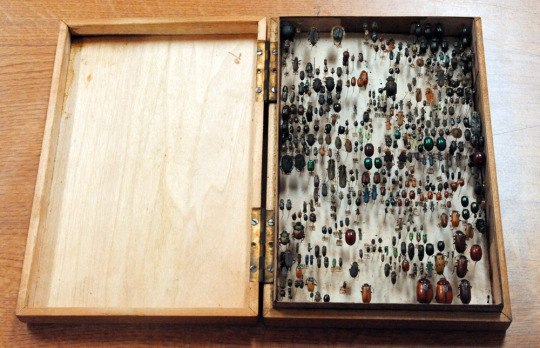
Now here are some photos I took of living bugs I've encountered while out and about.
The hilariously named Cockchafer beetle, also known as the May Bug. These things would always crash into the porch light in Spring and they have amazing antennae:

chocolate tip moth:

emperor moth:

175 notes
·
View notes
Video
Green-brindled Crescent (Allophyes oxyacanthae) - scale details by Will Atkins
Via Flickr:
from the garden, Hertfordshire
#green-brindled crescent#green-brindled crescent moth#Allophyes#Allophyes oxyacanthae#Noctuidae#Noctuid moth#Noctuids#Wildlife#Wildlife of Europe#European Wildlife#Animal#Nature#insect#Insects#Insects of Europe#Insects of Britain#Lepidoptera#Lepidoptera of Europe#UK Lepidoptera#British Lepidoptera#Hertfordshire Lepidoptera#moths#Moth#moths of Europe#UK Moths#British Wildlife#British moths#UK wildlife#Hertfordshire wildlife#Hertfordshire moths
6 notes
·
View notes
Text

Small Copper (Lycaena phlaeas), family Lycaenidae, Morningside Meadows, Wiltshire, UK
photograph by John McHugh
72 notes
·
View notes
Text

Quite a lof of caterpillars for one small nettle branch. I think these ones are peacock butterflies - Aglais Io.
19 notes
·
View notes
Text









Just to share my latest art available printed-to-order:
https://www.redbubble.com/shop/ap/120678513
on prints and all kinds of gifts, etc, with 25% off all attire with code INSPIRED through August 19.
The framed original is available for £48 at Deryn Cooper's five star rated Café on the Green on Manchester Green Business Park!
"Wet Cyanotype Stocks" was created in the July 2022 heat wave in the UK using hand made cotton rag paper which I had coated with blue print chemicals.
Stocks (or Matthiola Incana) is an annual/perennial growing to two feet swiftly, with sweet smelling flowers that are pollinated by bees, lepidoptera (Moths & Butterflies).
It is also called Tenweeks stock, Gillyflower and Brompton Stock and is also part of the Brassicaceae or Cruciferae family of plants.
Stocks are a traditional British country cottage garden flower but I received this specimen in a bouquet.
I was missing my husband, who was isolating from me after catching Covid helping his parents, but making this art from the flowers he'd bought me helped me feel closer to him.
Cyanotype is a photographic printing process that produces a cyan-blue print, which engineers used well into the 20th century to produce simple and low-cost copies of drawings, referred to as blueprints.
The process uses two chemicals: ferric ammonium citrate and potassium ferricyanide.
Thanks!
Sam aka LymphomaLass xx
#stocks #cyanotype #cyanotypeprint #blueprint #tenweeksstock #gillyflower #bromptonstock #botanicalprint #botanicalprints #moodyblues #cottagegarden #cottagegardenflowers #cottagecore #cottagecoreaesthetic #cottagestyle #countrygardenstyle
#stocks#gillyflower#cyanotype#cyanotype print#blue print#blueprint#tenweeks stock#Brompton stock#botanical print#botanical prints#moody blues#cottage garden#cottage garden flowers#cottagecore#cottagecore aesthetic#cottage style#country garden style
2 notes
·
View notes
Text
Les papillons « baromètre de l’environnement » : une étude compare leur population à un siècle d’écart en Bergeracois
Se basant sur le travail d’un entomologiste amateur à la fin du XIXe siècle, le guide naturaliste David Simpson a comparé l’évolution des populations de ces insectes et constaté les effets de l’activité humaine du changement climatique sur leur population
Par Thomas Jonckeau - [email protected]
Publié le 31/03/2023 à 7h00
Mis à jour le 31/03/2023 à 20h04
(1) L’article a été publié sur le magazine spécialisé « Oreina » et en anglais sur le site de l’European Butterfly Group (UK Butterfly Conservation). Il est consultable sur la plateforme issuu.com.
[Image] Le citron de Provence, typique des pelouses sèches, a disparu de la zone étudiée. Crédit photo : David Simpson
-------
NDÉ
L'étude
Plus d’un siècle de changement : une comparaison de la communauté des papillons de jour du nord de Bergerac (Dordogne, France), de la fin du 19e siècle au début du 21e (Lepidoptera : Rhopalocera) - Simpson - Oreina - Février 2023 https://oreina.org/artemisiae/biblio/index.php?module=biblio&action=biblio&id=24350
Résumé :
En 1895, Raphaël Tarel publiait un premier bilan des lépidoptères présents dans l’arrondissement de Bergerac (Dordogne). Entre 2011 et 2021, le présent auteur a recensé les papillons de jour dans le même secteur, autorisant une comparaison de la présence et de l’abondance des espèces entre les deux périodes. La majorité des espèces notées à la fin du 19e siècle restent présentes dans la zone d’étude (67 espèces sur les 85 notées en 1895), mais paraissent moins communes aujourd’hui. 18 espèces n’ont pas été retrouvées pendant la période récente, et 12 autres semblent l’avoir colonisé depuis la fin du 19e siècle. Les modifications paysagères liées à l’extension urbaine, aux pratiques agricoles et forestières ainsi que le changement climatique sont les principales causes mises en évidence pour expliquer ces changements. Les données suggèrent également des périodes de vol considérablement prolongées pour la plupart des espèces au début du 21e siècle.
0 notes
